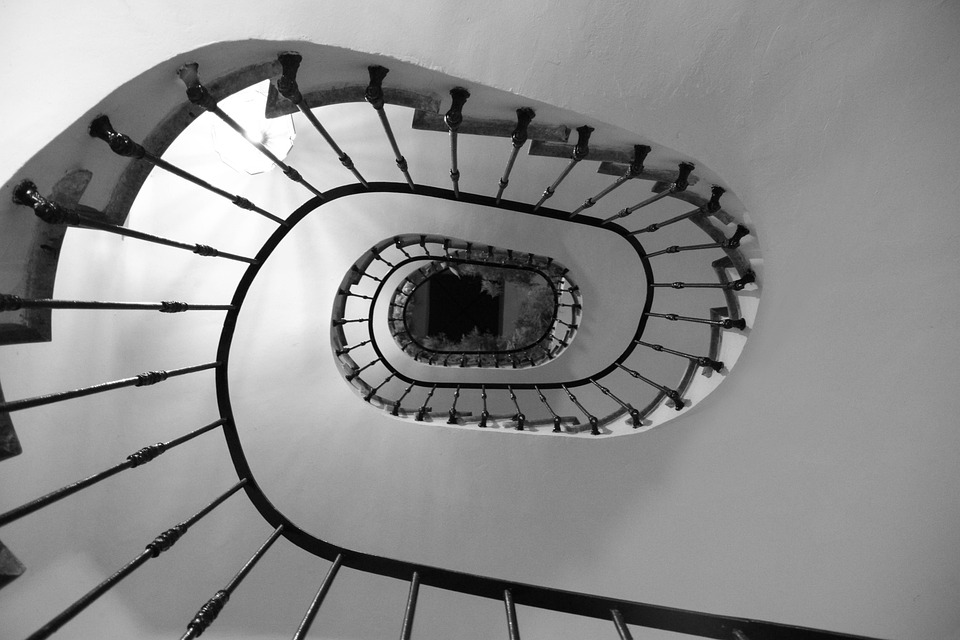Mercator’s Blunder: Why a Map Projection Born in 1569 Still Misrepresents the World Today
In 1569, Flemish cartographer Gerardus Mercator created a revolutionary map projection that would change the way the world was represented on a flat surface. The Mercator projection, as it came to be known, was designed to aid navigators and explorers by providing a precise and practical way to chart maritime routes. However, over the centuries, Mercator’s creation has had a profound and unintended consequence: it has perpetuated a distorted view of the world.
The Problem with Mercator’s Projection
The Mercator projection is a cylindrical map projection that presents the world as a flat, two-dimensional surface. This may seem like a harmless way to represent the globe, but the projection has several significant flaws. One of the most egregious errors is its exaggeration of the size and shape of the polar regions. In reality, the Arctic and Antarctic regions are much smaller than they appear on the Mercator projection. This distortion is due to the way the projection compresses the scale at the poles, making them appear larger than they actually are.
Why Does it Matter?
So, why should we care about the Mercator projection’s flaws? The answer lies in its widespread use and influence. The Mercator projection has been used in navigation, education, and even popular media for centuries. As a result, many people have grown accustomed to the distorted view of the world it presents. This has led to a range of misconceptions about the size and shape of countries, the importance of the equator, and even the existence of mythical lands like "Terra Australis" (a supposed southern continent).
The Consequences of Mercator’s Blunder
The Mercator projection’s flaws have far-reaching consequences. For example:
- Climate change misrepresentation: The projection’s exaggeration of the polar regions can lead to misunderstandings about the impact of climate change. If we don’t accurately represent the size and shape of the polar regions, we may underestimate the effects of global warming.
- Geopolitical misperceptions: The projection’s distortion of country sizes and shapes can influence international relations and global politics. For instance, the exaggerated size of countries near the equator may lead to an overemphasis on their importance in global affairs.
- Educational inaccuracies: The widespread use of the Mercator projection in educational materials can perpetuate misconceptions about the world. This can hinder students’ understanding of geography, climate, and environmental issues.
The Search for a Replacement
In recent years, cartographers and geographers have been working to develop more accurate and representative map projections. Some alternatives include:
- Gall-Peters projection: This projection, developed in the 19th century, attempts to correct the Mercator projection’s distortions by preserving the shapes and sizes of countries more accurately.
- Robinson projection: This projection, developed in the 1960s, aims to provide a more balanced representation of the world by using a combination of cylindrical and conic projections.
- Winkel tripel projection: This projection, developed in the 1990s, is designed to provide a more accurate representation of the world by minimizing distortions while preserving the shapes and sizes of countries.
Image: A comparison of the Mercator projection (left) and the Gall-Peters projection (right) illustrates the differences in the representation of the world.
FAQs
Q: Why did Mercator create the projection in the first place?
A: Mercator created the projection to aid navigators and explorers by providing a practical way to chart maritime routes.
Q: What are some of the other flaws of the Mercator projection?
A: The projection also distorts the shape and size of countries near the equator, exaggerating their importance, and it can create artificial landmasses and seas.
Q: How can I avoid using the Mercator projection?
A: Look for alternative map projections, such as the Gall-Peters or Robinson projections, which aim to provide more accurate representations of the world.
Q: What can I do to promote a more accurate understanding of the world?
A: Spread awareness about the flaws of the Mercator projection and promote the use of alternative projections in education, media, and everyday life.
Q: Can I create my own map projection?
A: Yes, cartographers and geographers use specialized software and mathematical formulas to create custom map projections. However, this requires a deep understanding of cartography and geography.
By recognizing the flaws of the Mercator projection and embracing alternative map projections, we can work towards a more accurate and representative understanding of our world.



